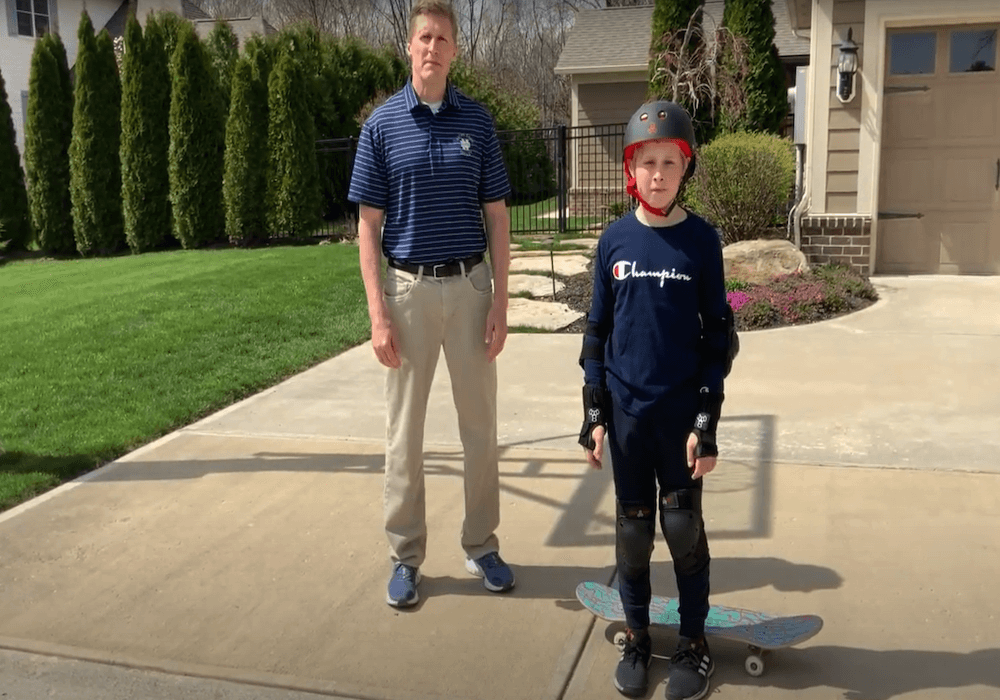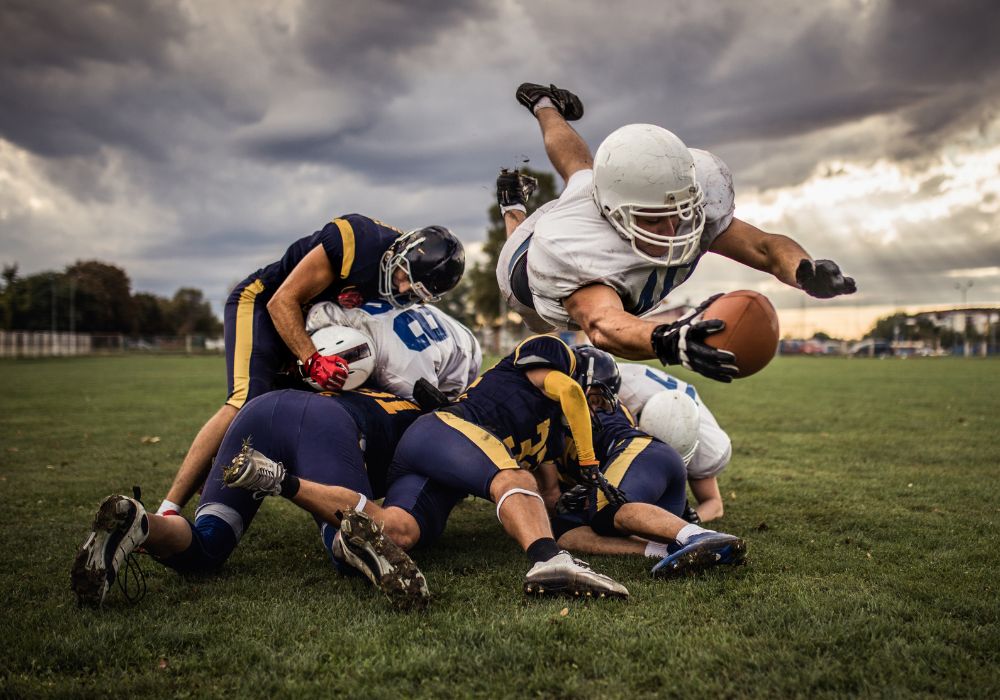THIS IS PART OF THE ULTIMATE GUIDE TO SPORTS MEDICINE
Skateboarding is a popular activity among kids and teenagers for fun and competition. Growing in popularity, skateboarding can be hard to master depending on your age and fitness level. Whether you are just starting out or are a competitive skateboarder, balancing on a moving board can lead to injury.
According to the National Safety Council, skateboarding accidents led to over 98,000 emergency room treatments in 2017 and about half of those injuries happened to skateboarders under the age of 25.
In order to prevent skateboarding injuries, the National Safety Council recommends checking your equipment, wearing the right equipment and learning how to fall.
How do you tell a good skateboard from a bad one?
Checking your equipment is strongly recommended to make sure your skateboard is fit to ride. If your board has any of the following, get it repaired or buy a new one for your safety before you go for your next ride.
Check for:
- Broken or cracked parts
- A wet or slippery top of your board
- Cracked or worn out wheels
What should you wear while skateboarding?
When riding a skateboard, OrthoIndy sports medicine specialist, Dr. Chris Bales emphasizes the importance of wearing the right equipment before you get on the board to prevent injury.
- Always wear a helmet.
- Wrist guards are strongly recommended.
- Elbow pads and knee pads can protect you from a fall.
- Close-toed, slip-resistant shoes are important. Going barefoot or wearing sandals on a skateboard or scooter is not recommended.
LEARN YOUR FOOT TYPE AND HOW TO FIND THE RIGHT SHOES FOR YOUR FEET
Most common skateboard injuries
One of the most common injuries Dr. Bales sees in skateboard injuries is wrist fractures. These often happen when you reach out your arms to brace the fall, which can make your wrist absorb a lot of the impact. Wearing wrist guards can help reduce the risk of a wrist injury.
Other common injuries include:
- Sprains, strains and breaks to your arms, legs, neck and buttocks
- Broken nose
- Broken jawbone
- Concussion
Is my wrist sprained or broken
How do you safely fall on a skateboard?
Another way to prevent injury is learning how to fall correctly. Once you or your child makes sure the skateboard is sound and you are wearing the proper equipment, learning how to fall may save you a trip to OrthoIndy Urgent Care.
- Try not to land on your knee or elbow. If you can, land on the fleshier parts of your body. Landing directly on your knee or elbow can cause a fracture or break from the direct impact.
- Get low. Try to minimize the distance between your body and the ground if you feel like you are about to fall.
- Don’t catch yourself. Instead of reaching out your arms to soften the fall, try to roll into the fall.
- Relax. Your instinct may be to stiffen up but try and relax your body.
- Practice. This may sound strange, but before you hit the concrete, practice how you should fall on carpet or grass.
Can you skateboard anywhere?
Please talk to your kids about how to safely skateboard on roads. They need to be very careful coming down hills or driveways that lead to a busy road where cars might not see them. Avoid riding a skateboard in the street. Instead, look for places in your area where it’s safe to ride and practice proper skateboarding techniques.
Safe places to skateboard:
- A skatepark
- An empty parking lot (Watch for “No Skateboarding” signs)
- Paved bike paths
- Your empty garage
Skateboarding can be a fun and safe activity and is continuing to grow in popularity. Wearing the right gear, ensuring the safety of your board and learning how to fall correctly will help prevent injury so you can skateboard all summer long.
To make an appointment with Dr. Bales please call 317.268.3632 or learn more about OrthoIndy sports medicine.
Schedule an appointment
Your well-being is important to us. Click the button below or call us to schedule an appointment with one of our orthopedic specialists. If your injury or condition is recent, you can walk right into one of our OrthoIndy Urgent Care locations for immediate care. For rehabilitation and physical therapy, no referral is needed to see one of our physical therapists.





